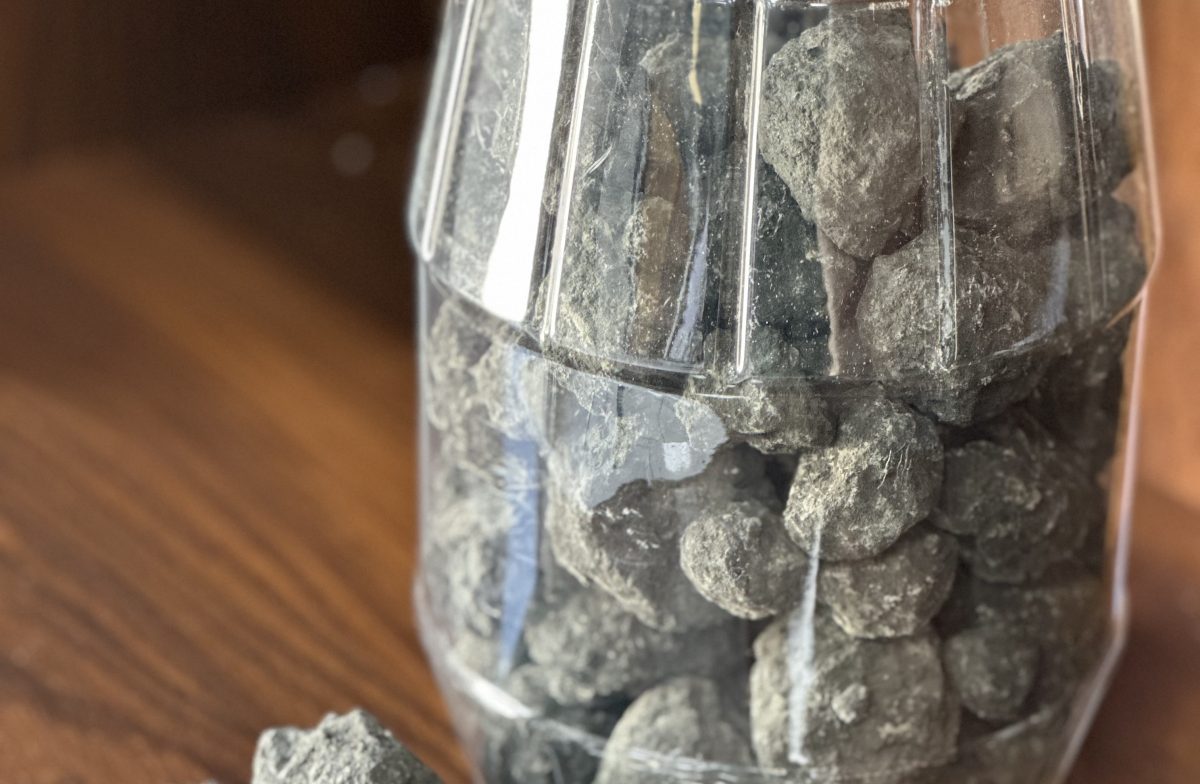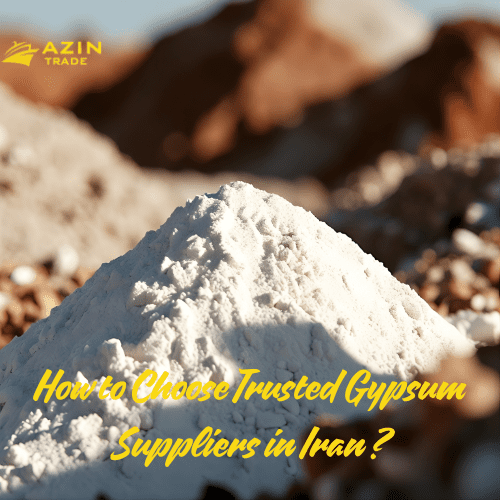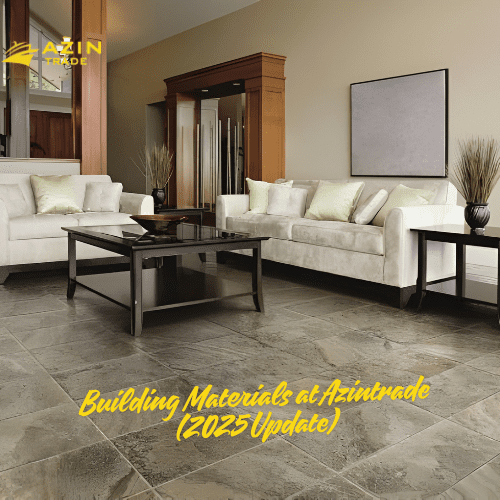Clinker Manufacturing: The Ultimate Guide for Cement Professionals
Clinker manufacturing is the backbone of the cement industry. Every ton of cement used in construction projects around the world starts as clinker, a dark gray nodular material produced in high‑temperature kilns. Understanding how clinker is made, what affects its quality, and how it is traded globally can give manufacturers, exporters, and investors a strategic advantage in this competitive market.
(Related source: World Cement – Clinker Production)
In this comprehensive guide, we will explore every step of the clinker production process, factors influencing quality, environmental considerations, and global export trends.
What Is Clinker and Why Is It Important?
Clinker is produced by heating a precise blend of limestone, clay, and other additives in a rotary kiln at temperatures around 1400°C–1450°C. The process drives chemical reactions that form calcium silicates and aluminates — the minerals responsible for cement’s binding properties.
Without clinker, cement as we know it would not exist. By controlling the manufacturing process, plants can produce cement with specific strengths, setting times, and durability levels to meet diverse construction needs.
Raw Materials Used in Clinker Manufacturing
1. Limestone
Limestone is the primary source of calcium oxide, the most abundant compound in clinker. High‑quality limestone with low impurities ensures better kiln performance and stronger cement.
(More information: USGS – Limestone Data)
2. Clay and Shale
These materials provide silica, alumina, and iron oxide, which combine with calcium to form clinker minerals. Proper blending of clay is essential to avoid unwanted phases.
3. Additives
Sometimes sand, bauxite, or laterite are added to fine‑tune the chemical composition. The goal is to maintain the ideal Lime Saturation Factor (LSF) for stable kiln operation.
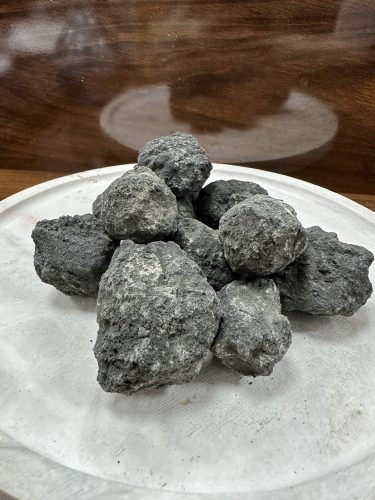
Stages of Clinker Manufacturing
1. Raw Material Extraction and Crushing
The process begins at quarries, where raw materials are mined and crushed into small pieces. Advanced crushers and homogenization silos ensure consistent feed to the kiln.
2. Preheating and Pre‑calcination
Modern plants use multi‑stage preheaters. Hot gases from the kiln pass through the raw mix, removing moisture and initiating calcination. This stage improves fuel efficiency and reduces overall energy consumption.
(More information: International Energy Agency – Cement Technology Roadmap)
3. The Kiln Phase
Inside the rotary kiln, the raw mix undergoes intense chemical reactions. At around 900°C, calcination is completed. At 1250°C, liquid phases form, and by 1450°C, clinker nodules begin to crystallize. The rotation of the kiln ensures uniform heating.
4. Clinker Cooling
Rapid cooling is critical. Clinker leaving the kiln is at around 1400°C and must be cooled quickly to preserve mineral structure. Grate coolers are commonly used, which also recover heat to improve plant efficiency.
5. Storage and Transport
Cooled clinker is stored in large silos before being blended with gypsum and ground into finished cement. Some plants export clinker directly, especially in regions with strong trade networks.
Factors Affecting Clinker Quality
- Chemical Composition: Correct proportions of CaO, SiO₂, Al₂O₃, and Fe₂O₃ are essential.
- Burning Temperature: Too low and clinker is under‑burnt; too high and it becomes over‑burnt, reducing reactivity.
- Cooling Rate: Rapid cooling preserves alite and belite crystals, improving cement strength.
- Kiln Technology: Modern precalciner kilns produce more consistent clinker than older wet‑process kilns.
Energy Efficiency in Clinker Manufacturing
The cement industry is energy‑intensive, but advancements in technology have reduced fuel consumption significantly. Using waste heat recovery systems, alternative fuels like biomass, and optimized burner designs can cut both costs and emissions. Plants aiming for sustainability focus on:
- Lowering specific heat consumption (kcal/kg clinker)
- Reducing clinker factor by blending with supplementary materials
- Implementing CO₂ capture technologies in pilot projects
Environmental Impact and Sustainability
Clinker production is a major source of CO₂ emissions. For every ton of clinker, roughly 0.8 tons of CO₂ are released. To address this, manufacturers are:
- Investing in low‑NOx burners
- Increasing the use of alternative raw materials
- Developing green clinker with lower limestone content
- Recycling industrial by‑products like fly ash and slag to reduce clinker demand
(Source: Cembureau – European Cement Association)
Global Clinker Market and Export Trends
The international clinker trade has grown steadily in recent years. Countries with abundant raw materials and energy resources dominate exports:
- Iran: One of the largest clinker exporters in the Middle East, with competitive production costs.
- Vietnam: A key supplier to Southeast Asia and Africa.
- Turkey and UAE: Important hubs with proximity to European and African markets.
(More detailed information: Statista – Global Cement and Clinker Trade)
Key Market Drivers
- Urbanization in Asia and Africa
- Demand for affordable construction materials
- Growth in infrastructure projects such as highways, bridges, and housing
Challenges in Export
- Shipping costs and port handling
- Quality consistency across batches
- Environmental regulations in importing countries
How to Improve Clinker Manufacturing Efficiency
- Optimize Raw Mix Design: Regularly test and adjust chemical composition.
- Invest in Modern Kilns: Precalciner technology improves output and lowers fuel usage.
- Implement Predictive Maintenance: Prevent kiln downtime with real‑time monitoring.
- Leverage Digital Solutions: AI‑based systems can predict kiln behavior and optimize operations.
(Technology example: FLSmidth – Cement Technology)
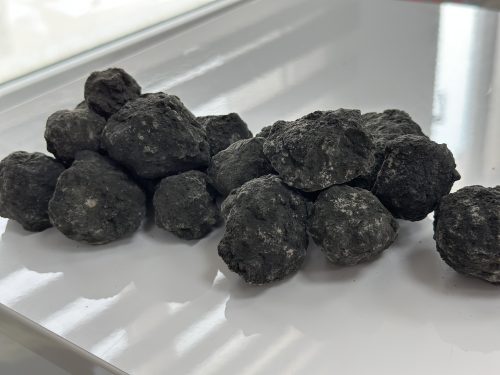
Frequently Asked Questions
Q1: What is the difference between clinker and cement?
Cement is produced by grinding clinker with gypsum. Clinker is the intermediate product formed in kilns.
Q2: Can clinker be exported directly?
Yes, many countries export clinker to regions where grinding units convert it into cement.
Q3: How can clinker manufacturing reduce emissions?
By using alternative fuels, improving kiln efficiency, and lowering the clinker ratio in cement.
Q4: What are the main minerals in clinker?
Alite (C₃S), belite (C₂S), aluminate (C₃A), and ferrite (C₄AF).
Mastering clinker manufacturing is more than just producing a raw material; it is about optimizing every step to ensure high‑quality cement, reduce costs, and meet sustainability goals. Whether you are a plant operator, investor, or exporter, understanding the intricacies of clinker production can give you a clear edge in the competitive cement market.
By focusing on energy efficiency, market trends, and advanced technologies, the future of clinker manufacturing is not only profitable but also greener and more sustainable than ever before.

